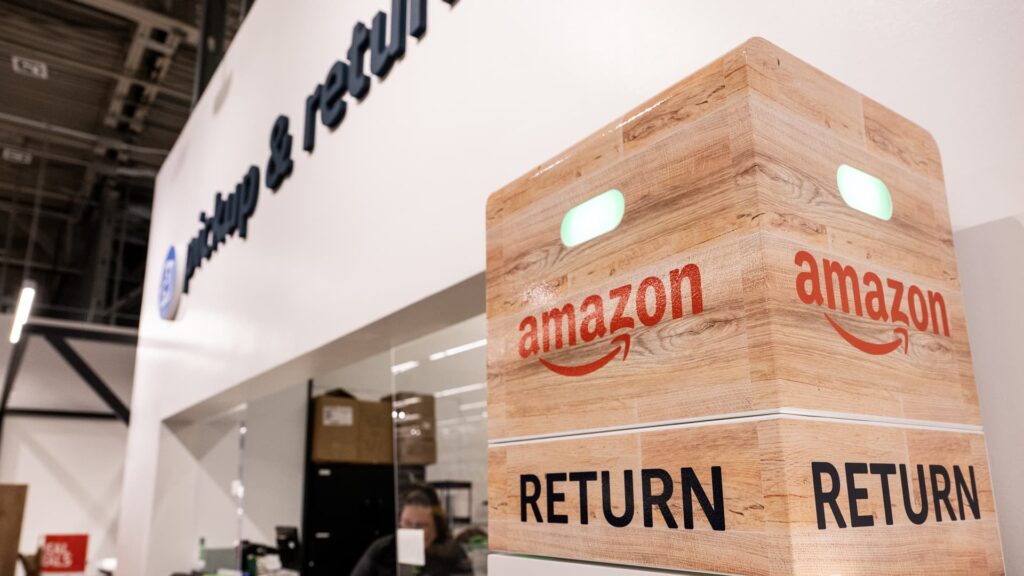As retailers tried to win shoppers and boost sales in recent years, they made their online return policies more lenient than ever.
But those changes have come at a cost.
As more consumers shop online and send back more of those orders, retailers have moved to crack down on fraud. In some cases, shoppers can send back different items than the ones they bought, return stolen items or claim a purchase never got delivered when it really did.
Retailers estimate 13.7% of returns, or $101 billion worth, were fraudulent last year, according to a survey by Appriss Retail and the National Retail Federation. The share of returns expected to be fraudulent during the peak holiday season was even higher at 16.5%, or $24.5 billion worth, the survey found.
Those goods are still flowing back in, as many retailers extend return windows for purchases made in November and December through the end of January. As retailers field those returns, fraud has become their top concern, industry experts said.
“Fraud is No. 1, and it’s not even close to No. 2,” said Vijay Ramachandran, vice president of go-to-market enablement and experience at shipping and mailing firm Pitney Bowes.
Processing an online return is already a costly proposition: It averages 21% of an order’s value, according to a Pitney Bowes survey of 168 retailers. Half the respondent companies paid more than 21%.
The cost of processing a return is increasing not only due to higher shipping and processing costs, but also because of rising fraud, industry experts said. As those tactics spread, many companies have started to make it tougher to return items.
“In cases where fraud is on the rise, like this year, what we’ve seen in the data, retailers are forced to, at minimum, change their policies slightly to accommodate for that potential fraud and abuse,” according to Michael Osborne, CEO of Appriss Retail, which helps companies manage theft and fraud. “It does increase their costs and essentially…
Read the full article here





